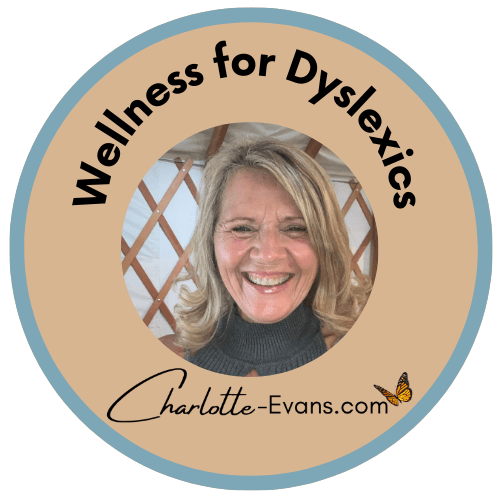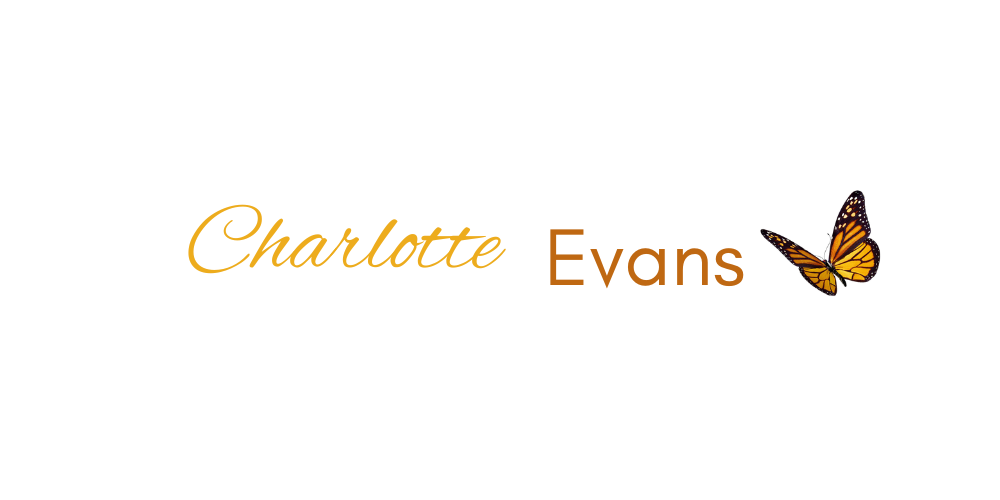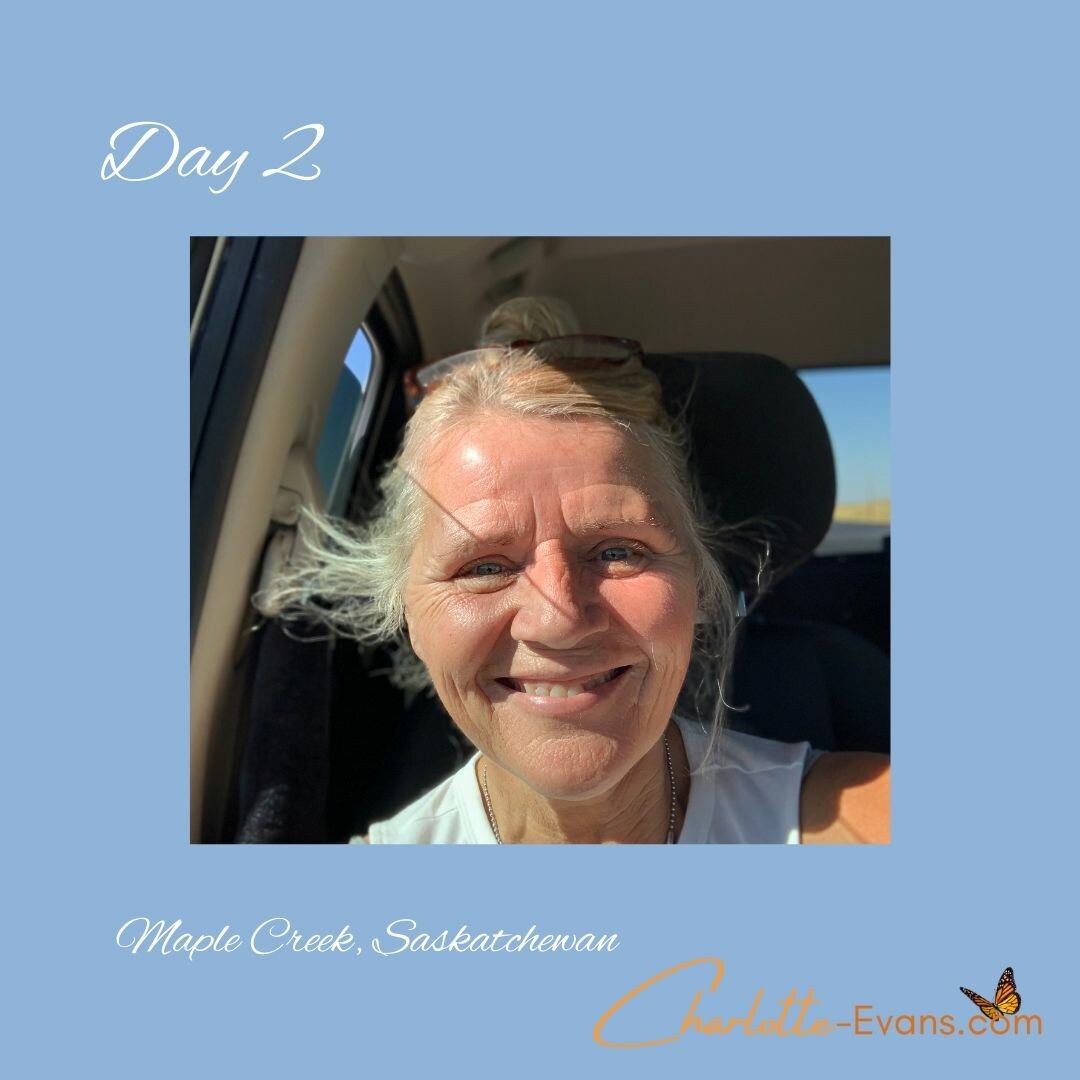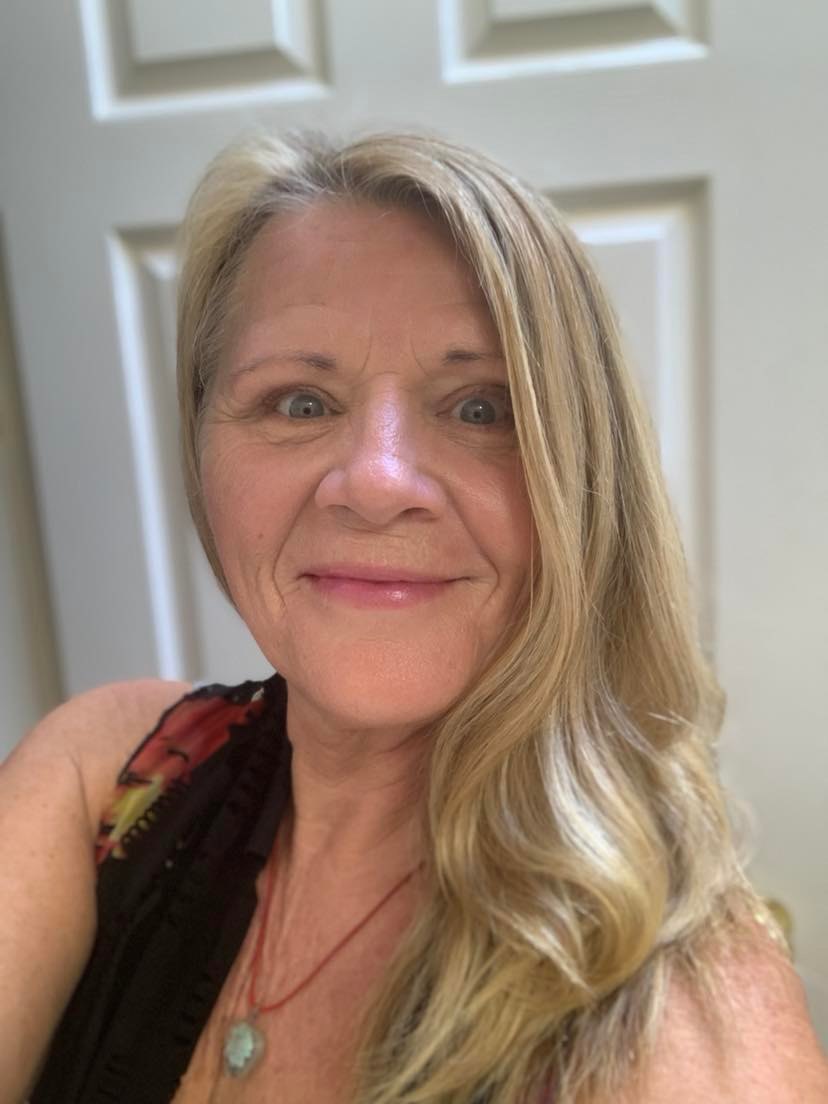Meet Charlotte Evans
Why Us?
We are very diligent about our protection of earth and its citizens. We hold the highest standards for our essential oil production process, bringing the world the finest products available. From the seed of the plant to the seal on the bottle, our high standards are integral with who we are.
Essential Oils For Every Day Use
And Nutritional SupportTry for yourself and discover the difference.
Frankincense
Frankincense includes the naturally occurring constituent limonene, and has a woodsy, warm, balsamic aroma. It promotes smoother, younger looking skin.
Lemon
Lemon essential oil includes the naturally occurring constituent limonene. Lemon oil may help the symptoms of a cold and cough.
Lavender
Lavender is great for relaxing and winding down before bedtime. It also may be used to help relieve headaches.
Copaiba
Copaiba consists of 55% beta caryophyllene, the highest of any known essential oil.
Peppermint
One of the oldest and most highly regarded herbs, peppermint essential oil may be helpful in reducing digestive discomfort.
Ginger Blend
This is one of our exclusive and proprietary products.
This oil blend may promote feelings of calmness.
Air Purifier Blend
This oil blend helps freshen the air and eliminate odors with its unique combination of essential oils.
Wintergreen Blend
This blend contains wintergreen, clove, helichrysum, and other essential oils and is often used in massage.
Cinnamon Blend
This blend of clove, lemon, cinnamon, and other essential oils is one of our most popular aromas.
Eucalyptus Blend
Rub this blend on your feet or chest before exercise to uplift and inspire, or may be used to help relieve colds and coughs.
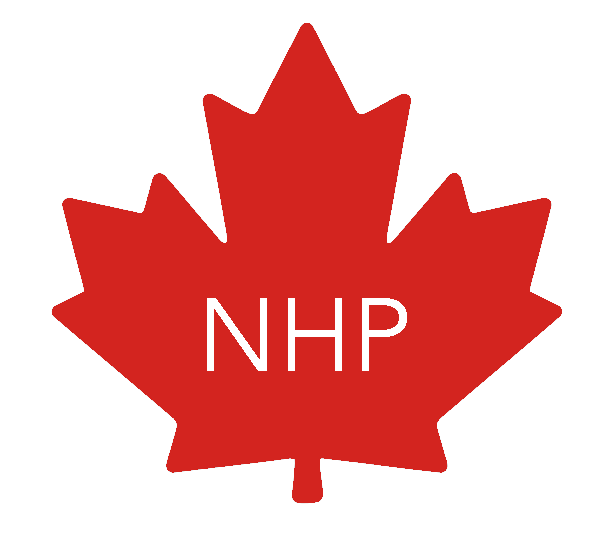
Natural Remedies Guide
Looking for a natural alternative? We are so excited to share Health Canada approved
ways to use the following oils, approved as Natural Health Products (NHP)!
In addition to the topical and aromatic benefits of these oils, they can relieve symptoms
associated with common ailments, as well as restore, maintain,
and support good health.
See More Uses
Bruises, Burns, Cuts, and Minor Skin Issues
Bergamot Cedarwood Clary Sage Fennel German Chamomile Helichrysum Marjoram Myrrh Patchouli Rose Rosemary Frankincense Sage Thyme And More...
Cough or Cold
Angelica Basil Bergamot Black Pepper Cardamom Cedarwood Clary Sage Clove Cypress Eucalyptus Globulus Eucalyptus Radiata Fennel Geranium Ginger Helichrysum Lemon Jade Lemon Jasmine Laurus Nobilis Lavender Lime Marjoram Myrrh Myrtle Neroli Palmarosa Peppermint Pine Rose Rosemary Frankincense Sandalwood Sage Spearmint Tea Tree Thyme And More...
Digestive Health
Angelica Basil Bergamot Black Pepper Cardamom Citronella Clary Sage Digestive Support Digestive Enzymes Fennel German Chamomile Ginger Helichrysum Colon Support Lavender Lime Probiotics Marjoram Melissa Neroli Nutmeg Orange Patchouli Peppermint Rosemary Sandalwood Sage Spearmint And More...
Eczema and Dermatitis
Joint & Muscle
Angelica Black Pepper Cedarwood Celery Seed Citronella Clary Sage Clove Cypress Eucalyptus Globulus Eucalyptus Radiata Fennel German Chamomile Ginger Helichrysum Jasmine Laurus Nobilis Lavender Lime Lime Marjoram Nutmeg Peppermint Pine Rosemary Sage MSM Thyme Vetiver Wintergreen And More...
Farmessence NHP Collection
Enjoy natural relief from common ailments including cuts, bruises, burns, digestion, eczema,
dermatitis, cough and cold, headaches, stress, and joint and muscle pain with this
expansive collection of 15 natural health products (NHPs).
Includes 15 Health Canada-registered NHP oils and blends plus 10 bandages, custom
carrying case, 1 oz hand sanitizer, and more.
Popular Product Categories

Your online health store
We are more than just the world's best essential oils. We go beyond green to help you create a healthy, healing home environment.
From effective, safe home cleaners to pet care, multivitamins to weight management, oral care to hair care, body care, and kids care, to wellness support and more, we offer solutions to help you live naturally.
Ordering online is fast and easy and the product ships right to your door. We are your online store for living a healthy, toxin-free lifestyle.
Place an OrderMembership Benefits
